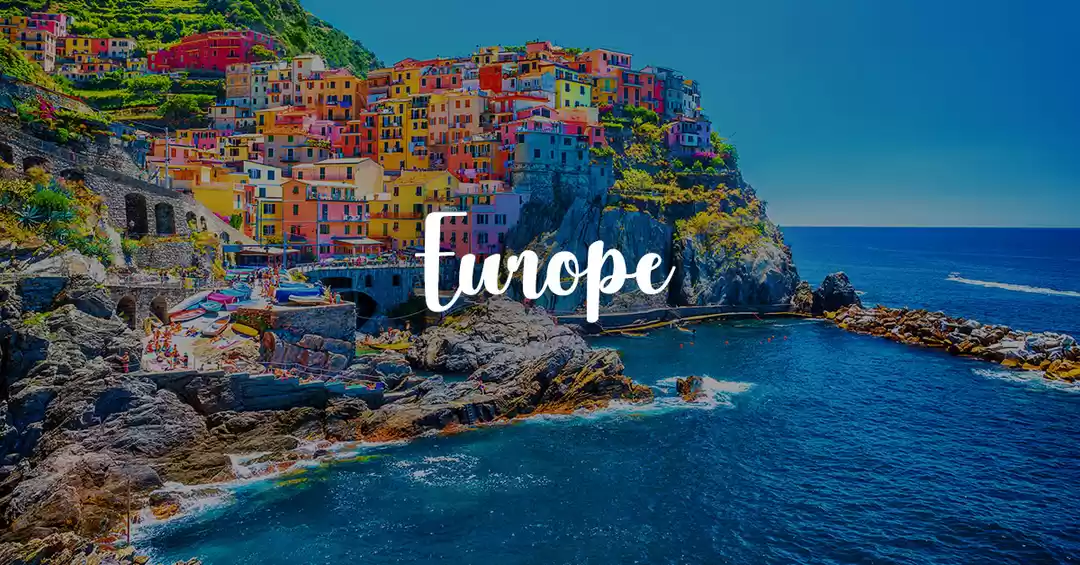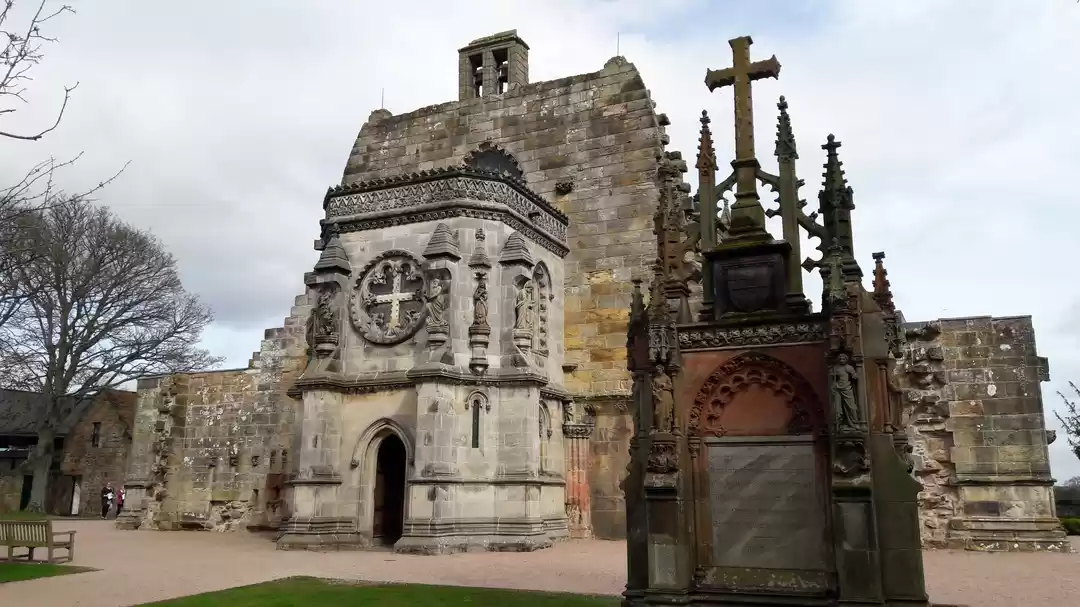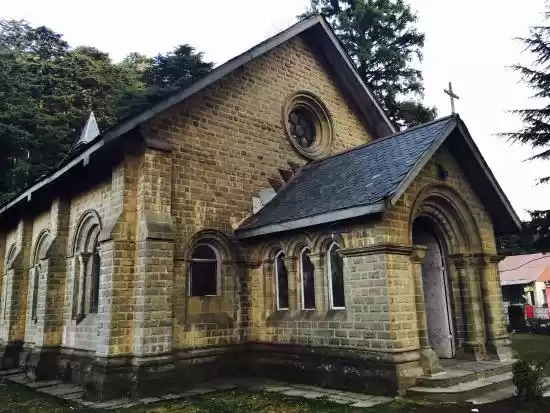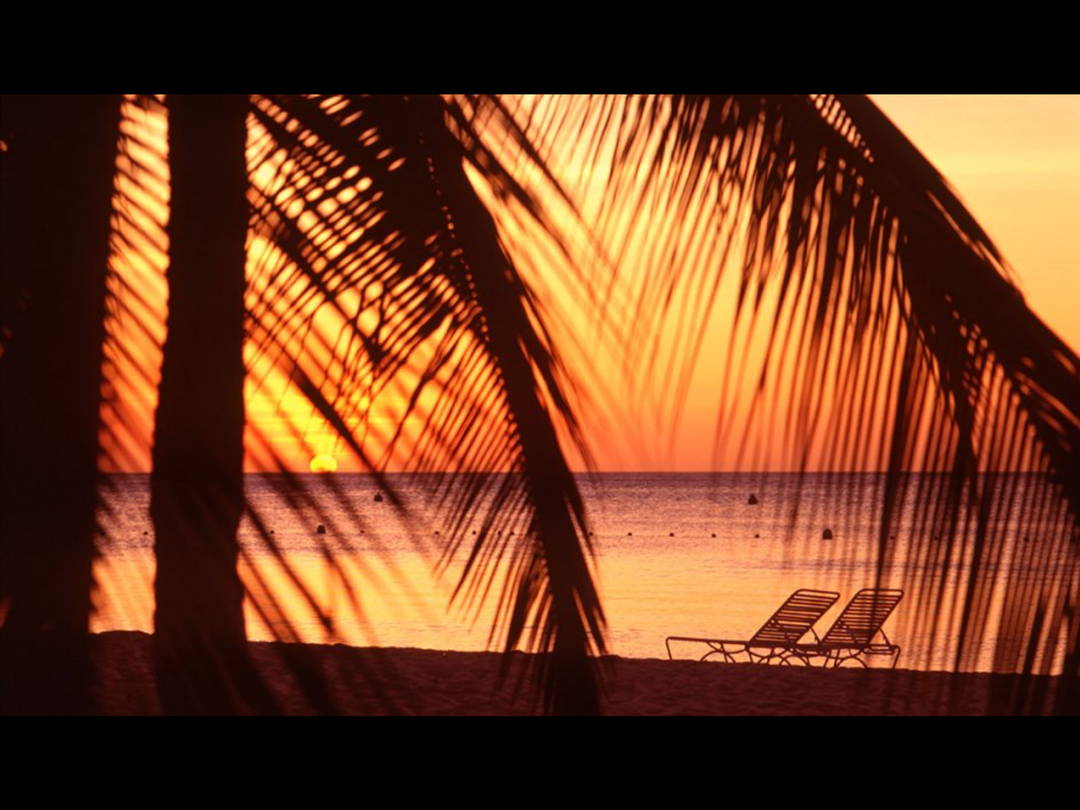
The Italian Chapel on Lamb Holm is one of the most remote yet most evocative places I visited during my travels in distant Orkney Islands (which are part of the British Isles, to the north of Scotland). It consists of two Nissen Huts which have been transformed into a beautiful chapel. A Nissen hut is a prefabricated steel structure for military use, especially as barracks, made from a half-cylindrical skin of corrugated iron.
Why would someone build a chapel out of materials meant for housing soldiers? Well, it was not by choice but by necessity. And there's a story behind it which needs retelling.
The following paragraphs about Orkney's Italian Chapel have been reproduced from the website Orkney.com:
"In October 1939, a German submarine under the command of Gunther Prien entered Scapa Flow and sank the British battleship 'HMS Royal Oak' with the loss of 834 lives. Winston Churchill, at that time First Sea Lord, visited Orkney and the decision was taken to construct barriers to close off four of the entrances to Scapa Flow to make the base for the home fleet more secure.
A shortage of manpower to construct the barriers coincided with the capture of thousands of Italian soldiers fighting in North Africa, so a decision was taken to transport 550 men to Camp 60 on Lamb Holm and a similar number to Camp 34 on Burray. Following a request from the camp priest, Fr Giacobazzi, it was agreed that two Nissen huts would be joined together to provide a chapel. Among the Italians in Camp 60 was an artist, Domenico Chiocchetti, and he was given the task of transforming the two Nissen huts into a chapel. He was assisted by other tradesmen - in particular Giuseppe Palumbi, a blacksmith, and Domenico Buttapasta, a cement worker."








So, essentially, this chapel was built for the Italian prisoners of war (POWs) while they were employed to construct the Churchill Barriers, which were meant to prevent a repeat of the German misadventure that led to the sinking of the British battleship 'HMS Royal Oak' and caused the loss of 834 lives.
When I reached the chapel, painted red and white, my first thoughts were 'what a quaint structure..." Prima facie, it is humble in its design and execution but as I stepped inside, the beautifully painted ceiling and the painstaking details in the murals left an imprint on me.
Inside, I almost forgot that the chapel was made out of corrugated metal. A serenity and calmness greeted me and the humble altar left a deep impression on me, an atheist (well, animist would be more accurate).
The devotion of the Italian POWs and adherence to their beliefs even in the middle of a long, hard-fought war, seems to have been absorbed by the metal structure of this small chapel.
The Italian Chapel sees over 100,000 visitors every year, several of them from Italy. I wonder if like me, they too feel a sense of awe at the structure built so many decades ago on a windswept island, by the side of a small lake and with a robust bunch of narcissus flowers in bloom.
"....decades after the completion of the Chapel, it is one of Orkney's most loved attractions, with over 100,000 visitors every year. There is also strong friendship with the town of Moena in Italy, the home of Chiocchetti, and Orkney, and members of the family visit the islands from time to time. Chiocchetti's daughter, Letizia, is an Honorary President of the Preservation Committee. Antonella Papa, a restoration artist from Rome, who had previously done work in the Sistine Chapel, has also spent time working in the Chapel to refresh areas of Chiocchetti's painting."





















